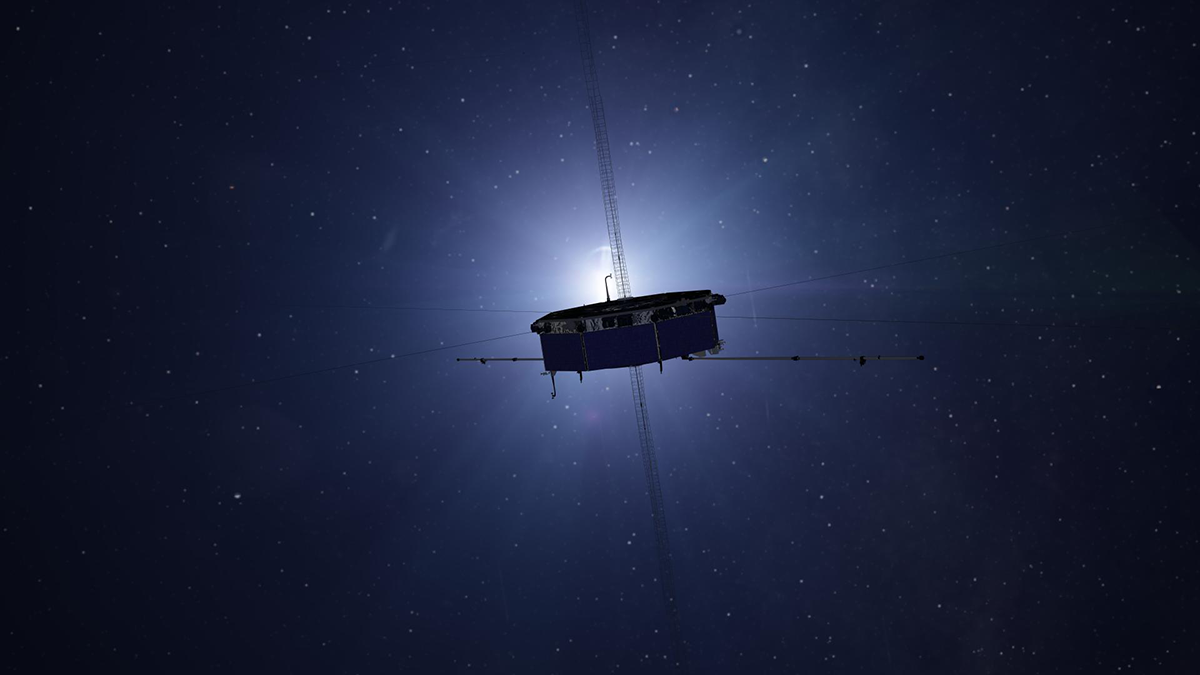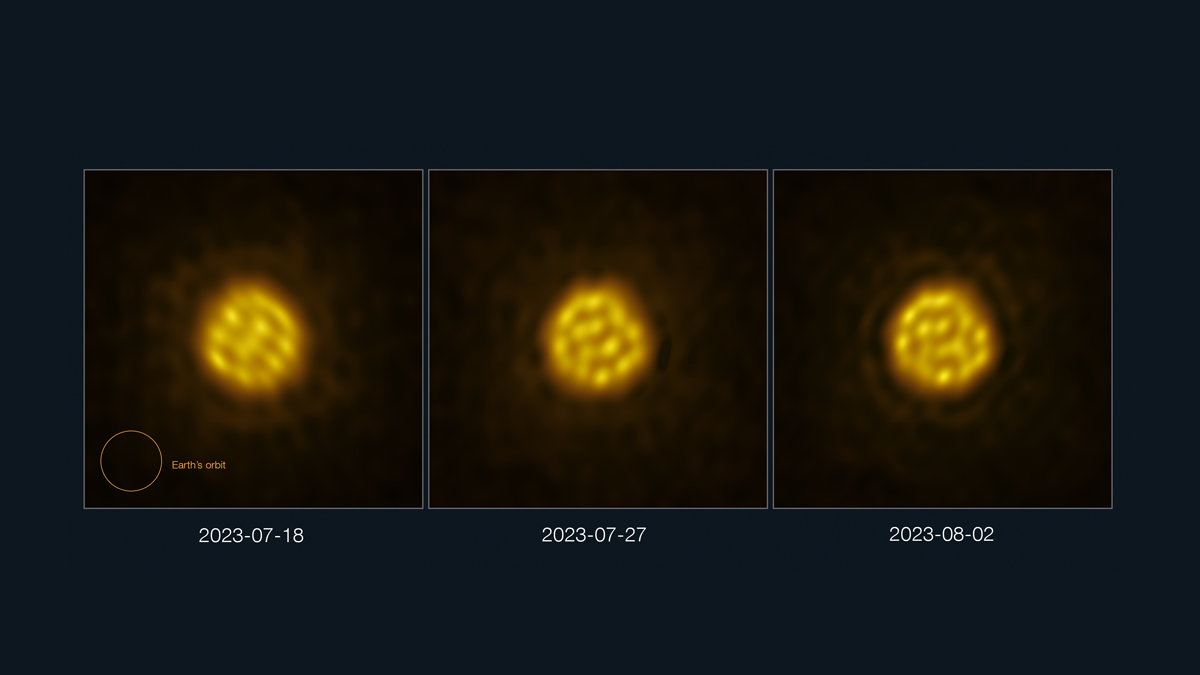This actor-turned-astronomer found success researching exomoons. Now he’s ready for another career change.
astrophysics
Rubin Observatory Stuns and Awes With Sprawling First Look Images
Wow. Just wow.
Heating Mechanism at Earth’s Bow Shock Depends on Shock Speed
A new technique shows that the dominance of gradual versus chaotic electron heating processes at Earth’s bow shock is controlled by how fast the shock is moving.
Magnetic Meteorites May Explain How the Solar System Assembled
Faint magnetic properties in primitive asteroid fragments suggest an early magnetic field strong enough to shepherd the growth of the outer planets.
Planetary Perturbations May Strengthen Gaia
Large-scale disruptions to life may ultimately increase ecological complexity over geologic timescales, though the risk of extinction always looms.
ALMA Watches the Surface of a Star “Boil”
Observations of R Doradus, a nearby red giant, provide the first timescale for convection on the surface of any star other than the Sun.
Scientists Captured the First Glimpse of a Rare Polar Aurora
After a decade-long search, scientists captured a type of elusive aurora on camera.
Spiral Waves May Explain the Sun’s Baffling Rotation
New observations and models show a connection between high-latitude waves in the Sun’s interior and the different rates of spin between the solar equator and poles.
The Twists and Turns of Helicity Studies
A new book explores the fundamental role that helicities play in different astrophysical and geophysical phenomena and presents perspectives from various scientific disciplines that study them.
Did a Cosmic Explosion Make the Ionosphere Dance?
Researchers have linked a 2022 gamma ray burst to a disturbance in the upper atmosphere, but proving the connection highlights the problems with this kind of measurement.










